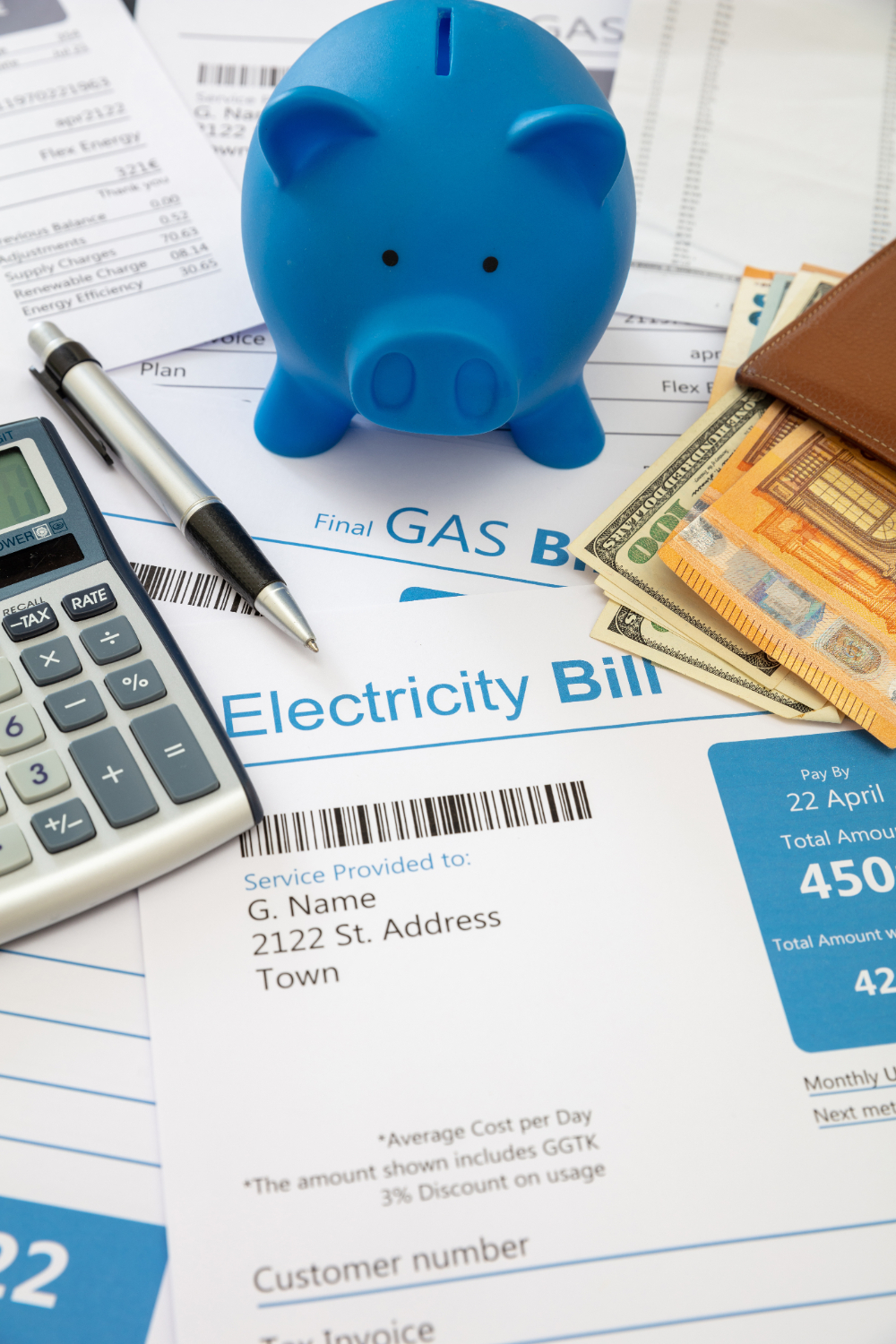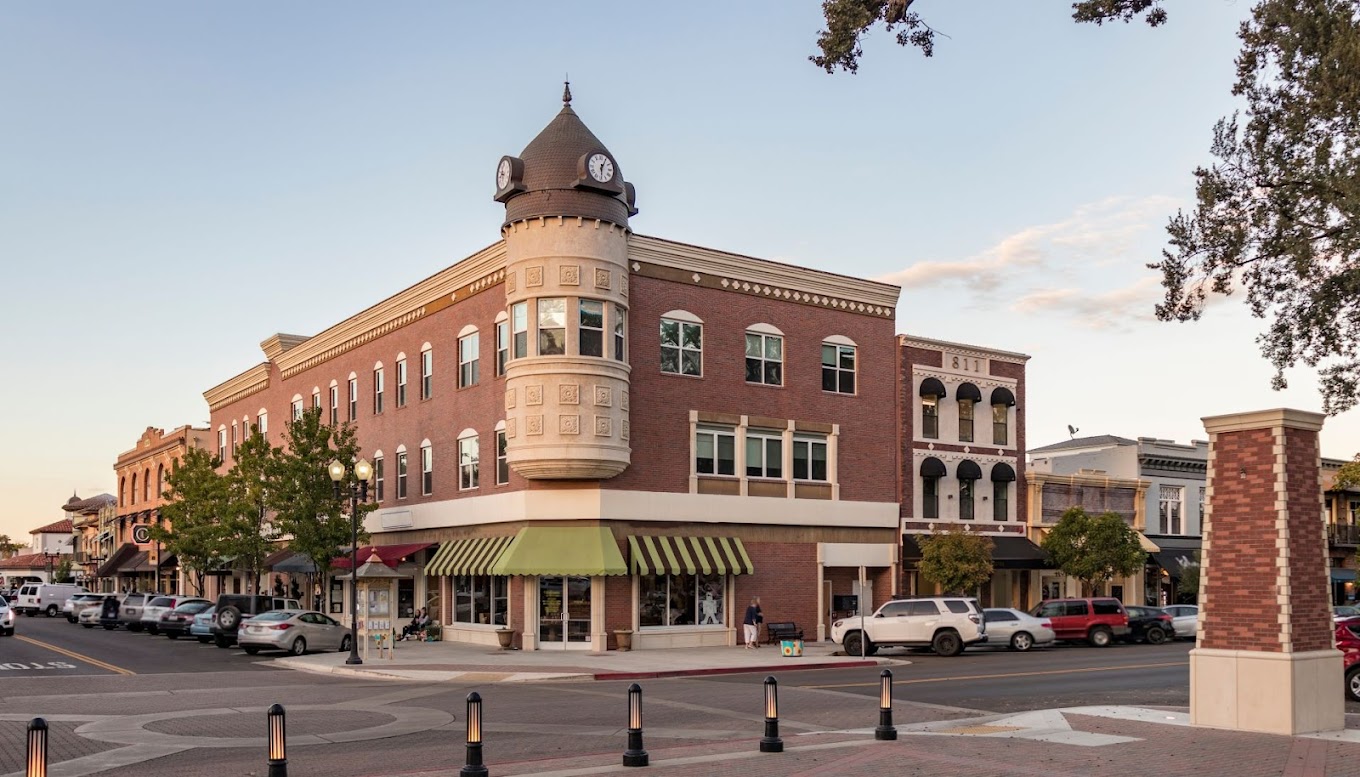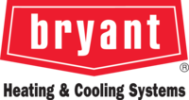Small changes around your house can significantly reduce your monthly energy bills while creating a more comfortable living environment. By implementing simple energy-efficient practices like switching to LED bulbs, properly insulating your home, and sealing air leaks, you can reduce your energy consumption by up to 10%.
We’ve gathered practical tips for any budget and home type. From no-cost habits like washing clothes in cold water to bigger investments such as energy-efficient windows appropriate for your climate zone, there are solutions for everyone looking to cut energy costs.
Evaluating Your Home’s Energy Profile
To create an effective energy efficiency plan, you first need to understand where your home uses energy and where it’s being wasted. A thorough evaluation helps create a roadmap for meaningful improvements and prioritizes your efforts.
Conducting an Energy Audit
A home energy audit examines how energy flows through your home, and you can perform a basic DIY assessment or hire a professional for more detailed results.
For a DIY audit, start by checking:
- Air leaks around windows, doors, and baseboards
- Insulation levels in walls and attics
- Heating and cooling system efficiency
- Lighting types throughout your home
Professional auditors use specialized equipment like blower doors and infrared cameras to detect hidden issues. They provide comprehensive reports that pinpoint exactly where improvements are needed. The Department of Energy notes that addressing problems identified in an energy audit can save 5-30% on energy bills, and many utility companies offer free or discounted energy assessmentsto their customers.
Understanding Energy Consumption
Analyzing your utility bills reveals important patterns in your energy usage, so collect bills from the past 12 months to identify seasonal trends and potential problem areas.
Look for the following:
- Monthly kilowatt-hour (kWh) usage
- Cost per kWh
- Usage spikes during certain seasons
- Year-over-year consumption trends
Create a simple spreadsheet to track your energy consumption over time, measuring the impact of any efficiency improvements you make and keeping you accountable to your energy-saving goals.
Enhancing Insulation and Sealing
Proper insulation and sealing are among the most cost-effective ways to improve your home’s energy efficiency. 9 out of 10 homes in the U.S. are under-insulated, but by addressing key areas, you can reduce energy waste and save up to 10% on your annual energy bills.
Types of Insulation
Insulation materials come in several forms, each suited for different areas of your home. The effectiveness of insulation is measured by its R-value – the higher the value, the better the insulation. Areas that often need additional insulation include attics, walls, floors, and basements. Most homes need at least R-30 to R-60 in the attic, so check your current insulation levels before adding more.
Common Insulation Types:
- Fiberglass: Available in batts or loose-fill, ideal for attics and walls
- Cellulose: Made from recycled paper, excellent for retrofitting existing walls
- Spray foam: Creates an air barrier and insulation in one step
- Rigid foam boards: Great for basements and exterior walls
Sealing Air Leaks
Air leaks can account for 25-40% of the energy used for heating and cooling. Identifying and sealing these leaks is essential for energy efficiency. To find leaks, you can conduct a simple home energy audit. On a windy day, hold a lit incense stick near potential leak areas, and if the smoke wavers, you’ve found a leak. For larger gaps, use expanding foam sealant. For smaller cracks, caulk works well. Proper sealing prevents infiltration (air coming in) and exfiltration (air going out).
Common Air Leak Locations:
- Around windows and doors
- Where plumbing enters the home
- Electrical outlets on exterior walls
- Attic hatches
- Recessed lighting fixtures
Weather Stripping and Caulking
Weather stripping and caulking are simple DIY projects that significantly reduce energy waste around doors and windows. Apply weather stripping to movable components like doors and operable windows. Use caulk for fixed joints, cracks, and gaps in your home’s exterior.
Weather Stripping Options:
- V-strip (tension seal): Good for the sides of doors and windows
- Foam tape: Inexpensive option for irregular cracks
- Door sweeps: Effective for the bottom of doors
- Reinforced silicone: Durable and resistant to extreme temperatures
Silicon caulk is best for exterior use because it’s waterproof and flexible. Remove old caulk before applying new material for the best seal. A complete weather stripping job can reduce your heating and cooling costs by 10-15%.
Upgrading to Energy-Efficient Systems
Modern systems and appliances can dramatically reduce your home’s energy consumption. These upgrades often pay for themselves through lower utility bills and may qualify for rebates or tax incentives.
Heating and Cooling Improvements
Heat pumps are one of the most efficient options for home climate control and work like a combined furnace and air conditioner, moving heat rather than generating it. This makes them up to 300% more efficient than traditional systems.
For optimal performance, set your thermostat to 68°F in winter and 78°F in summer, as each degree adjustment can save about 2% on your energy bill. Remember to replace air filters every 1-3 months and schedule professional HVAC check-ups annually. This prevents your system from working harder than necessary.
Also, don’t forget your ductwork. Dirty or leaky ducts can waste up to 30% of your heating and cooling energy. Professional duct cleaning and sealing can solve this problem.
Energy-Efficient Appliances
ENERGY STAR certified appliances use 10-50% less energy than standard models, so look for the yellow EnergyGuide label to compare annual operating costs. Refrigerators are often the biggest energy users among appliances, and models manufactured after 2015 use much less electricity than older units. Consider replacing appliances over 10 years old, even if they still work. The energy savings often justify the investment.
Smart Home Technology
Smart thermostats learn your schedule and preferences, automatically adjusting temperatures to save energy. They can reduce heating and cooling costs by 8-15% annually. Many models allow remote control via smartphone, letting you adjust settings when you’re away from home. Some even provide energy usage reports to help identify savings opportunities.
Smart power strips eliminate “phantom energy” use by automatically cutting power to devices in standby mode. This can save up to $100 per year on electricity. Meanwhile, connected lighting systems with motion sensors ensure that lights only operate when needed. When paired with LED bulbs, they can reduce lighting energy use by up to 90%.
Implementing Renewable Energy Solutions
Adding renewable energy to your home can greatly lower utility bills while helping the environment. These systems use natural resources like sunlight and wind to generate clean power for your home’s needs.
Solar Panel Installation
Solar panels are one of the most accessible ways to bring renewable energy to your home. Most residential systems range from 4-10 kW in size, depending on your energy needs and available roof space. Before installation, have a professional assess your roof’s condition, orientation, and shade patterns.
Modern solar panels typically last 25-30 years with minimal maintenance. The average home system costs between $15,000-$25,000 before incentives, but federal tax credits can reduce this by 30%. Many states offer additional rebates, too.
The payback period for solar panels averages 7-10 years in most regions. After this point, you’ll essentially generate free electricity for decades. For maximum efficiency, panels should face south (in the northern hemisphere) at a 30-45 degree angle.
Exploring Other Renewable Systems
Geothermal heat pumpsoffer impressive efficiency for heating and cooling. These systems use stable underground temperatures to reduce energy usage by 40-70% compared to traditional HVAC. While installation costs are higher ($10,000-$30,000), they last 20+ years with minimal maintenance.
Passive solar heating uses strategic window placement and thermal mass materials to capture and store the sun’s heat. This approach requires minimal equipment and can reduce heating costs by 15-30%. Alternatively, wind turbines can work well for homes with at least one acre of land and consistent wind speeds above 10 mph. Small residential turbinestypically generate 2-10 kW of power.
Get in touchto arrange your next energy audit to discover ways to make substantial savings on your energy bills.










